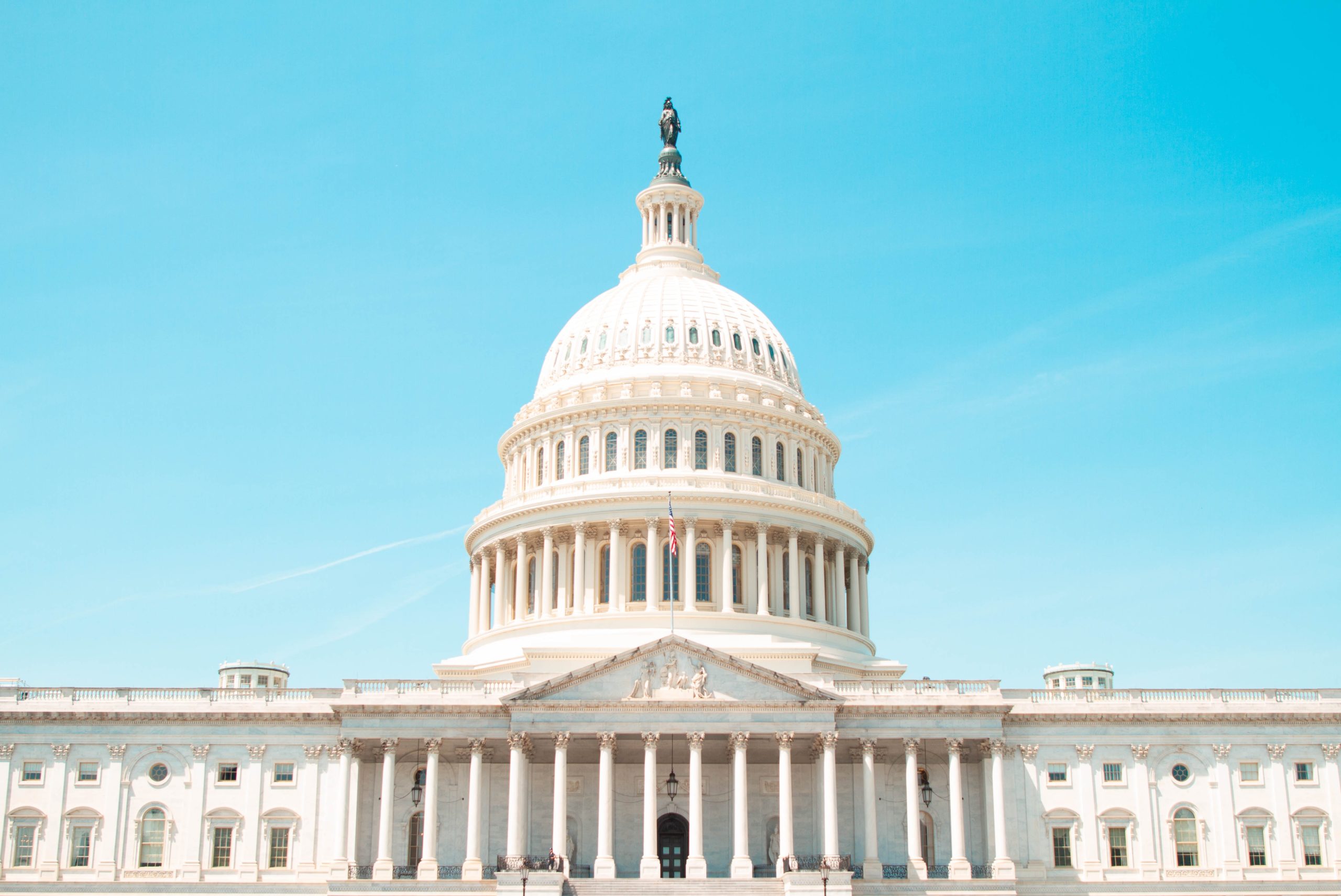IRS Announces Adjusted Tax Brackets and Higher Standard Deductions for 2023

Learn What the Changes Mean for Your Taxes
In response to rising inflation, the IRS has announced adjusted tax brackets and higher standard deductions for taxpayers in 2023. The increased thresholds will apply to tax in the year 2023 for returns filed in 2024. The changes could mean tax savings for some workers next year. The agency says the changes are aimed at combatting “bracket creep” due to inflation, which can happen when workers receive annual cost-of-living pay increases that push them into higher tax brackets, even though their standard of living has not changed.
Though the IRS makes changes nearly every year, the adjustments for 2023 are more significant than usual as workers continue to face stubbornly high inflation. Read on to learn more about the new tax brackets and the changes to the standard deduction.
2023 Marginal Tax Brackets for Single Filers
Here’s what single filers can expect for 2023:
- 37% tax rate on incomes greater than $578,125
- 35% tax rate on incomes greater than $231,250
- 32% tax rate on incomes greater than $182,100
- 24% tax rate on incomes greater than $95,375
- 22% tax rate on incomes greater than $44,725
- 12% tax rate on incomes greater than $11,000
- 10% tax rate on incomes less than $11,000

2023 Marginal Tax Brackets for Married Couples Filing Jointly
The following rates apply for married-filing-jointly in 2023:
- 37% tax rate on incomes greater than $693,750
- 35% tax rate on incomes greater than $462,500
- 32% tax rate on incomes greater than $364,200
- 24% tax rate on incomes greater than $190,750
- 22% tax rate on incomes greater than $89,450
- 12% tax rate on incomes greater than $22,000
- 10% tax rate on incomes less than $22,000
A Higher Standard Deduction for 2023
Another meaningful change for the upcoming tax year is an increased standard deduction. It will rise to $27,700 for married couples filing jointly, compared to $25,900 for 2022. Single filers can claim a standard deduction of $13,850 in 2023, compared to $12,950 for 2022.
Additional IRS Adjustments for 2023
Although the changes to tax brackets and standard deductions are likely to impact the greatest number of taxpayers, many other provisions were adjusted, too. This includes boosted figures for the alternative minimum tax (AMT) and the estate tax exemption. In addition, there will be a higher earned income tax credit, with a write-off maximum $7,430 for low- to moderate-income filers. If you have flexible accounts (FSAs), you will be able to contribute $3,050 in 2023.
What Do These Changes Mean for You?
As 2023 approaches, it’s important to understand what each of the provision changes means for you personally. Be sure to reach out to your tax professional with any questions. If you’d like to consult with your Paces Ferry advisor, please don’t hesitate to reach out to schedule a conversation.
Paces Ferry Wealth Advisors, LLC is a registered investment advisor with the U.S. Securities and Exchange Commission (“SEC”). This material is intended for informational purposes only. It should not be construed as legal or tax advice and is not intended to replace the advice of a qualified attorney or tax advisor.